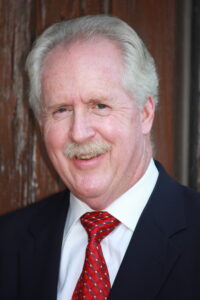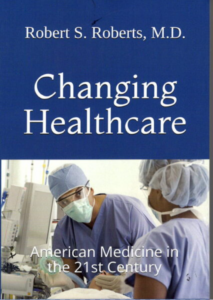
The future depends on education. That’s true for every individual and its true for our country. The latest education test scores show we’re in trouble.
Stephen Moore, well-known economist, writes in The Epoch Times, “Just how much longer will American parents, their kids, business leaders, and the political class tolerate the dreadful performance of our public schools? It’s arguably the greatest threat to our nation’s economic health and our national security.”
The latest Nation’s Report Card test scores are dismal and heartbreaking. The crash that started with inexcusable COVID-19-era school closures has continued over a cliff in almost every state. The top 25 percent of eighth graders have seen math scores rebound a little bit from 2022, but they’re still below 2019. The other 75 percent of kids’ scores have remained the same or dropped. The reading scores were even worse. Johnny can’t read.
What’s especially troubling is that scores for the lowest-performing students from disadvantaged families have fallen the most. Anyone concerned about income inequality should be protesting from the rafters.
But Washington responded with a giant yawn. The teachers unions predictably called for more money. Per-pupil funding is up by more than 50 percent—after adjusting for inflation—in most states since 1980, yet test scores are flat or falling. Former President Joe Biden added $175 billion in federal education spending, and look what we got for the money. Nothing. The money is making teachers unions richer, but not improving the education of our youth.
Moore says, “President Donald Trump should call for a national education emergency. Forty years ago, the federal report card on education warned that our schools were facing a “crisis of mediocrity.” Four decades later, mediocrity would be an improvement.”
Trump has already taken important steps. He held an education summit last week that Moore and many of the nation’s governors attended. He has issued an executive order on school choice that would allow parents whose kids attend failing schools to have federal funds to attend higher-performing private and Catholic schools.
There are signs of real progress in some states. Tennessee Gov. Bill Lee just signed into law the most ambitious school choice program in the nation. Texas—with its 5 million schoolchildren—is likely to follow suit in the months ahead. Louisiana Gov. Jeff Landry is also committed to choice, and his state was one of the few that actually recorded improved test scores. Louisiana has done a wholesale makeover of its learning with a program called “evidence-based curriculum.” Do what works. What a concept.
It used to be that the education crisis in America was mostly restricted to the inner cities with low-income residents, crime, drugs, and mostly uneducated female-headed households. But now even many middle-class suburban areas are falling behind as well. The infection of failure is spreading, and more money is only buying worse results.
Meanwhile, other nations such as China and India are focusing their schools on science, technology, engineering, and math, and graduating many more math and science majors into the workforce than we are.
Moore says, “It’s being called our 21st-century Sputnik moment, and we’d better win the education race if we’re going to stay the global superpower.”
The problem boils down to teachers unions. Do we care more about the unions or the students we are trying to educate? The solution is school choice, which is the only way to stop the impact of teachers unions on destroying the education of our children.





